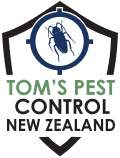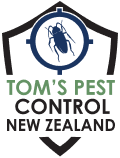Katipo spiders (Latrodectus katipo) are small to medium-sized spiders with a distinct appearance. Here is a description of their physical characteristics:
- Size: Adult female katipo spiders typically measure around 10 to 12 millimeters in body length, while males are smaller, ranging from 4 to 6 millimeters.
- Coloration: They have a glossy black body with contrasting markings. The abdomen (opisthosoma) often has vivid red, orange, or white stripes or bands. The coloration patterns can vary, but typically the stripes are present on a black background.
- Shape: Katipo spiders have a rounded, bulbous abdomen and a relatively small cephalothorax (head and thorax combined). Their legs are relatively long and slender.
- Web: They construct irregular, tangled webs that are often low to the ground or among vegetation. These webs are used for capturing prey.
It’s important to note that the appearance of katipo spiders can vary to some extent, particularly in terms of the specific coloration and pattern on the abdomen. However, their general characteristics of a black body with distinctive markings help differentiate them from other spider species found in New Zealand.

